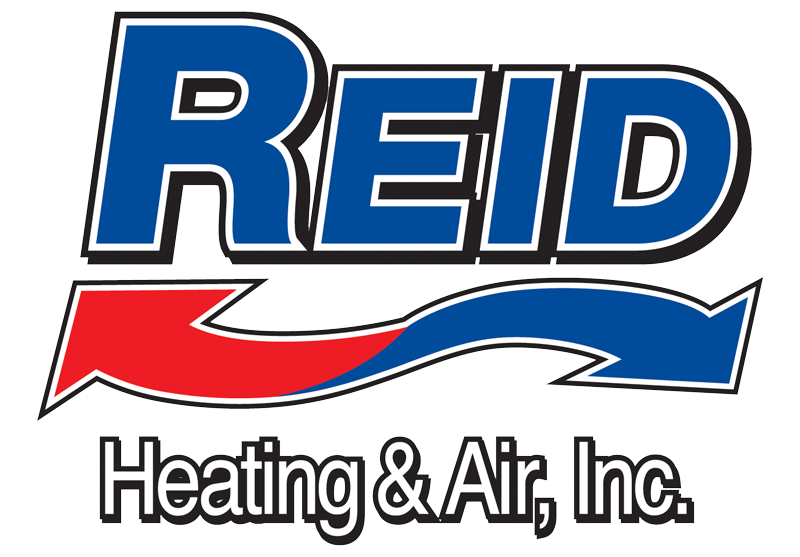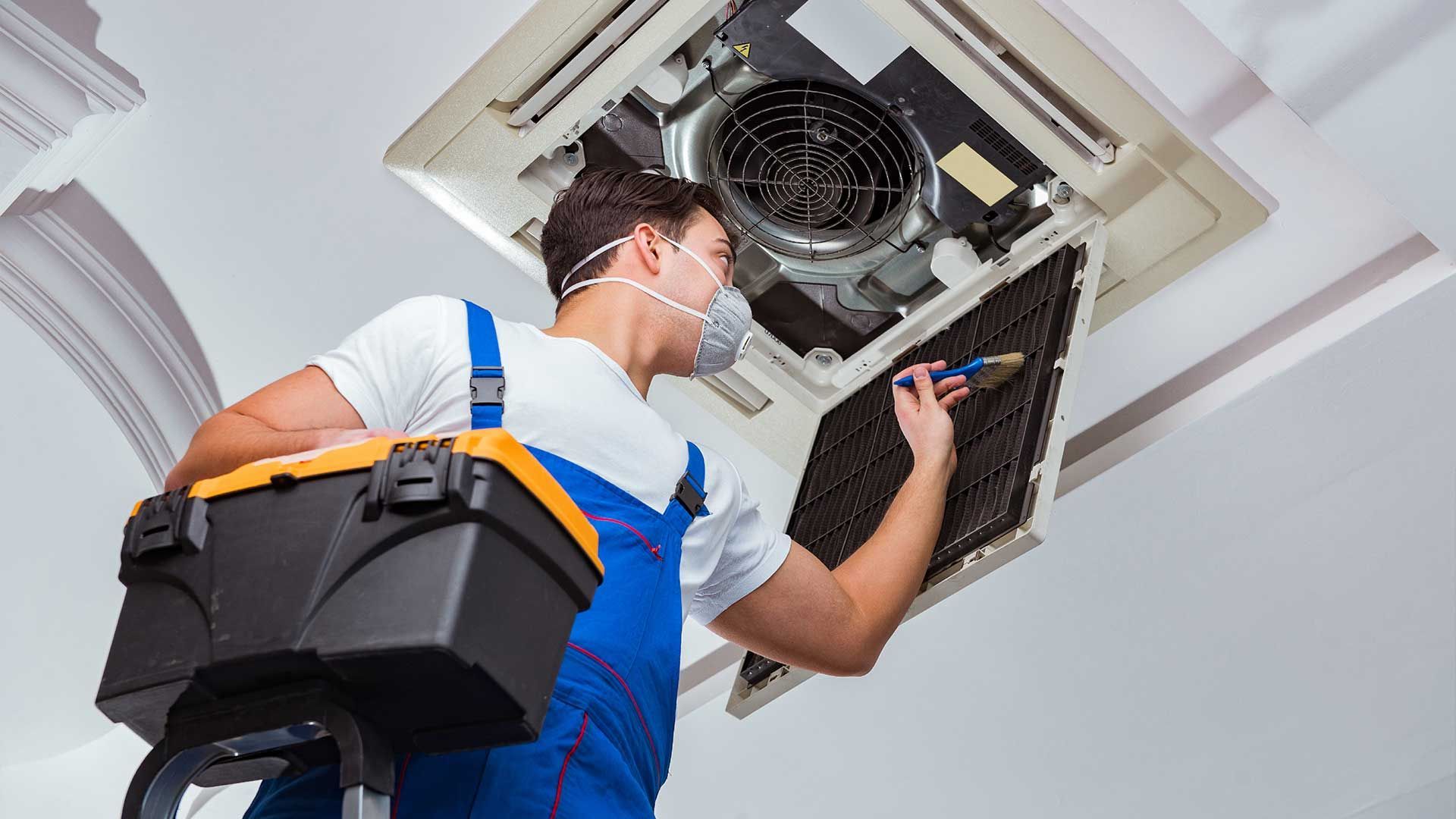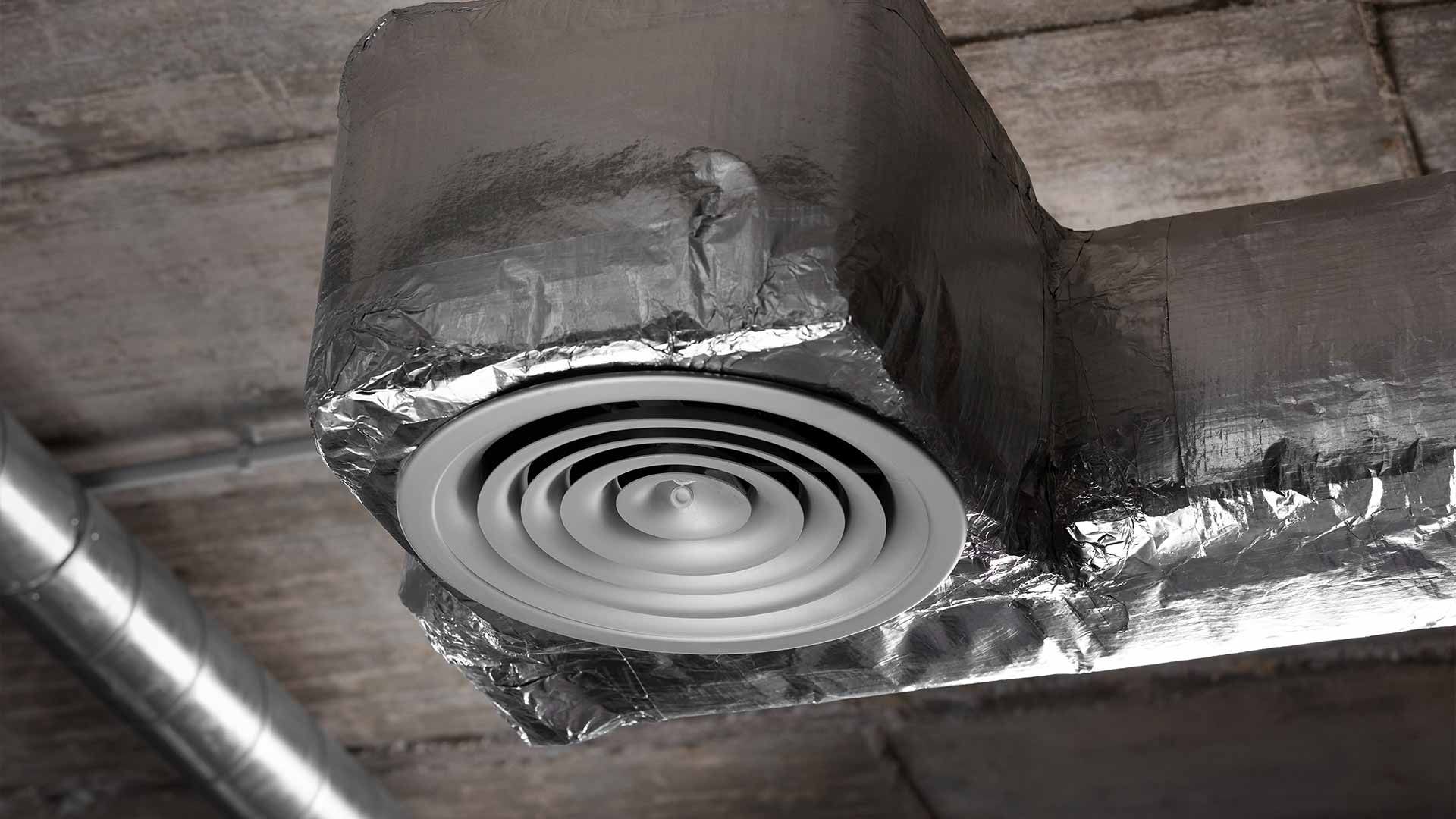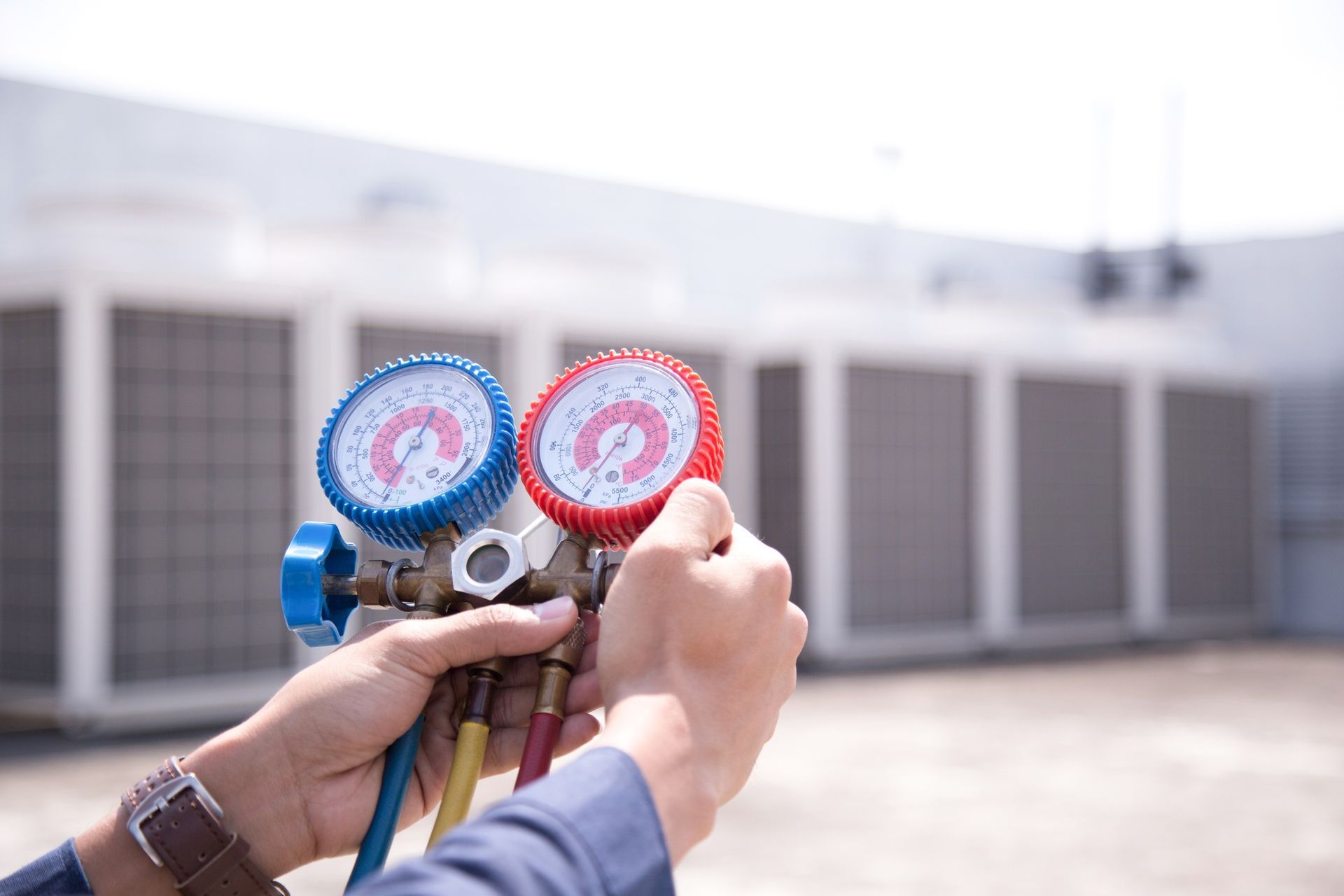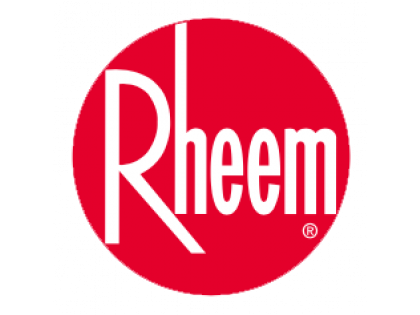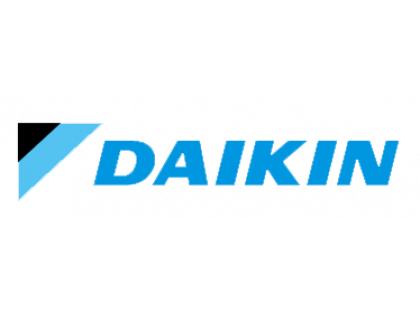Sheet Metal Fabrication: From Design to Finished Product
Sheet metal fabrication plays a crucial role in numerous industries, from construction and automotive to aerospace and manufacturing. This process involves transforming flat sheets of metal into various shapes and structures, fulfilling diverse needs for custom-made components and products. In this comprehensive guide, we will delve into the intricate journey of sheet metal fabrication, from the initial design phase to the creation of the finished product.
Sheet metal fabrication encompasses a wide range of techniques and processes, each tailored to meet specific requirements and achieve desired outcomes. Whether it's crafting intricate parts for machinery or constructing durable enclosures for
electronic equipment, sheet metal fabrication offers endless possibilities for innovation and creativity. By understanding the intricacies of this process, businesses can leverage the capabilities of sheet metal fabrication to bring their ideas to life and meet the demands of today's competitive market. Let's explore the fascinating world of sheet metal fabrication and uncover the secrets behind its success.
Understanding Design Requirements
Before diving into the sheet metal fabrication process, it's essential to understand the design requirements thoroughly. This involves collaborating closely with clients to identify their specific needs, project objectives, and desired outcomes. By gathering comprehensive information upfront, including dimensions, tolerances, and material preferences, fabricators can ensure that the final product meets or exceeds expectations.
Additionally, careful consideration must be given to material selection and cost efficiency during the design phase. Different types of sheet metal offer varying properties such as strength, flexibility, and corrosion resistance, making it essential to choose the most suitable material for each application. Moreover, balancing performance requirements with budget constraints is crucial to delivering a cost-effective solution without compromising on quality.
By focusing on understanding design requirements at the outset of the sheet metal fabrication process, fabricators can lay a solid foundation for success and minimize the risk of costly revisions or delays later on. Clear communication and collaboration between clients and fabricators are key to achieving optimal results and ensuring customer satisfaction.
CAD Modeling and Prototyping
Once design requirements are established, the sheet metal fabrication process moves into the realm of CAD modeling and prototyping. Computer-aided design (CAD) software plays a pivotal role in this stage, allowing fabricators to create detailed and precise digital models of the intended product.
CAD modeling enables fabricators to visualize the design in three dimensions, making it easier to identify potential flaws or areas for improvement before moving to the fabrication phase. This iterative process allows for adjustments to be made quickly and efficiently, ensuring that the final product meets all specifications and requirements.
Prototyping further enhances the design process by providing physical representations of the digital models. By creating prototypes, fabricators can test the functionality and feasibility of the design in real-world conditions, identifying any potential issues or areas for optimization.
Overall, CAD modeling and prototyping are essential steps in the sheet metal fabrication process, enabling fabricators to refine designs, minimize errors, and ultimately deliver high-quality products that meet or
exceed client expectations.
Material Selection and Preparation
Once the design is finalized, the next crucial step in the sheet metal fabrication process is material selection and preparation. Fabricators must carefully choose the appropriate type of sheet metal based on the requirements of the project, considering factors such as strength, flexibility, and corrosion resistance.
Various types of sheet metal are available, including steel, aluminum, stainless steel, and copper, each with its own unique properties and applications. Fabricators must assess the specific needs of the project and select the most suitable material accordingly.
After selecting the appropriate material, fabricators proceed with preparing the sheet metal for fabrication. This typically involves cutting, bending, and shaping the metal to achieve the desired dimensions and configurations. Advanced cutting techniques such as laser cutting or waterjet cutting may be employed to ensure precision and accuracy in shaping the metal.
By carefully selecting and preparing the sheet metal, fabricators can lay the foundation for a successful fabrication process, ultimately leading to the creation of high-quality finished products that meet the needs of clients and end-users.
Fabrication Techniques
Once the sheet metal is prepared, fabricators employ a variety of fabrication techniques to shape and assemble the material into the desired product. These techniques may include cutting, forming, bending, welding, and assembling, among others.
Cutting is often the first step in the fabrication process and can be achieved through various methods such as shearing, sawing, laser cutting, or plasma cutting. Each method offers unique advantages and is chosen based on factors like material thickness, complexity of the design, and budget considerations.
Forming and bending are used to shape the sheet metal into the desired configurations, while welding is employed to join separate pieces of metal together. These processes require skilled craftsmanship and precision to ensure that the final product meets the intended specifications.
Assembly involves bringing together the individual components of the sheet metal product and securing them in place. This may involve techniques such as riveting, bolting, or adhesive bonding, depending on the specific requirements of the project.
By employing a combination of these fabrication techniques, fabricators can transform raw sheet metal into finished products that meet the functional, aesthetic, and
quality standards of their clients.
Quality Control and Inspection
Throughout the sheet metal fabrication process, quality control and inspection play a critical role in ensuring that the final product meets the required standards of accuracy, durability, and functionality. Fabricators implement stringent quality control measures at various stages of fabrication to identify and rectify any issues or defects.
Quality control begins with the inspection of raw materials to ensure that they meet the specified requirements and standards. This includes verifying material composition, dimensions, and surface finish. Any discrepancies or anomalies are addressed promptly to prevent them from affecting the final product.
During the fabrication process, fabricators conduct regular inspections to monitor the accuracy of cuts, bends, welds, and other fabrication techniques. This helps to identify any deviations from the intended design and allows for adjustments to be made as needed.
Final inspection is conducted once the fabrication process is complete to verify that the finished product meets all specified requirements and standards. This includes dimensional accuracy, surface finish, structural integrity, and overall aesthetics.
By implementing robust quality control and inspection processes, fabricators can ensure that each sheet metal product they produce meets the highest standards of quality and reliability. This not only enhances customer satisfaction but also helps to maintain the reputation and credibility of the fabrication company.
Finishing and Surface Treatment
After fabrication, sheet metal products often require finishing and surface treatment to enhance their appearance, durability, and functionality. Finishing processes can include cleaning, deburring, and smoothing the surface to remove any sharp edges or imperfections left over from the fabrication process.
Surface treatment options vary depending on the desired properties of the final product. For example, painting or powder coating can be applied to provide protection against corrosion and improve the aesthetic appearance of the product. Anodizing may be used to increase the durability and resistance to wear and tear, while plating can add decorative or functional coatings such as chrome or zinc.
The choice of
finishing and surface treatment methods depends on factors such as the intended application of the product, environmental conditions, and aesthetic preferences. By carefully selecting the appropriate finishing techniques, fabricators can ensure that their sheet metal products meet the desired performance and appearance standards.
Delivery and Installation
Once the sheet metal fabrication process is complete and the products have undergone quality control checks, they are ready for delivery and installation. Fabricators take special care in packaging and shipping the fabricated components to ensure they arrive at their destination safely and in optimal condition.
Packaging methods may include using protective materials such as foam, bubble wrap, or cardboard boxes to prevent damage during transit. Fabricators also label packages with relevant information to facilitate easy identification and handling.
Upon arrival at the installation site, the fabricated components are unpacked and prepared for installation. Fabricators may provide detailed instructions or guidance to assist with the installation process, ensuring that it is carried out efficiently and correctly.
During installation, fabricators may also offer on-site support or assistance to address any unforeseen challenges or issues that may arise. This helps to ensure that the installation proceeds smoothly and that the fabricated components are installed correctly and securely.
By providing reliable delivery and installation services, fabricators can ensure that their sheet metal products are successfully integrated into the final project, meeting the needs and expectations of their clients.
Conclusion
In conclusion, sheet metal fabrication is a complex process that involves careful planning, precise execution, and meticulous attention to detail. From the initial design phase to the delivery and installation of finished products, every step of the fabrication process plays a crucial role in ensuring the quality, durability, and functionality of the final product.
At
Reid Heating & Air, Inc, we take pride in delivering high-quality sheet metal fabrication services tailored to meet the unique needs of our clients. With our state-of-the-art facilities, experienced team of fabricators, and commitment to excellence, we strive to exceed our clients' expectations on every project.
Whether you require custom-made components for a specific application or need assistance with a large-scale fabrication project, we are here to help. Contact us today at
(803) 366-1855 to learn more about our sheet metal fabrication services and how we can assist you with your next project.
